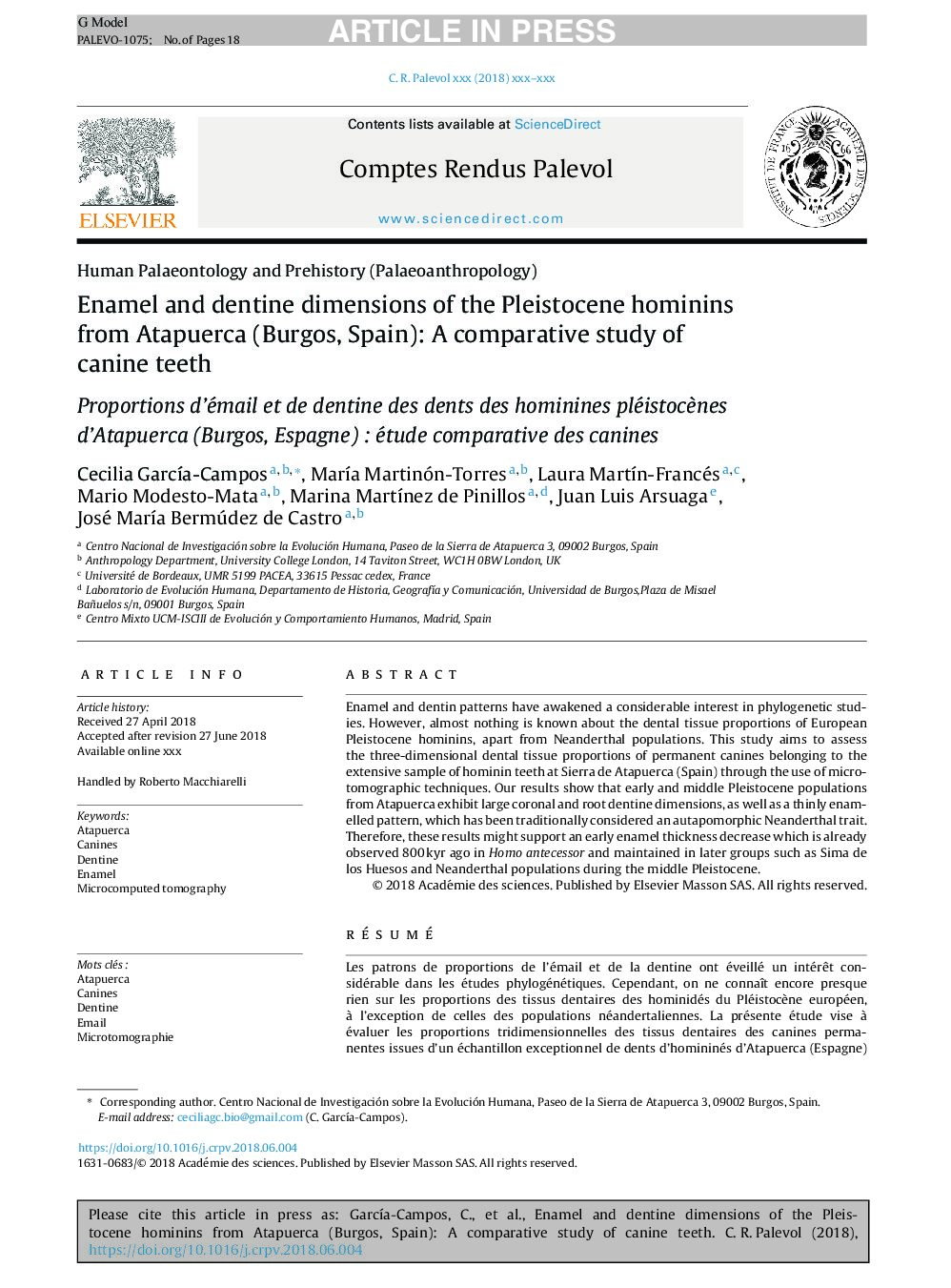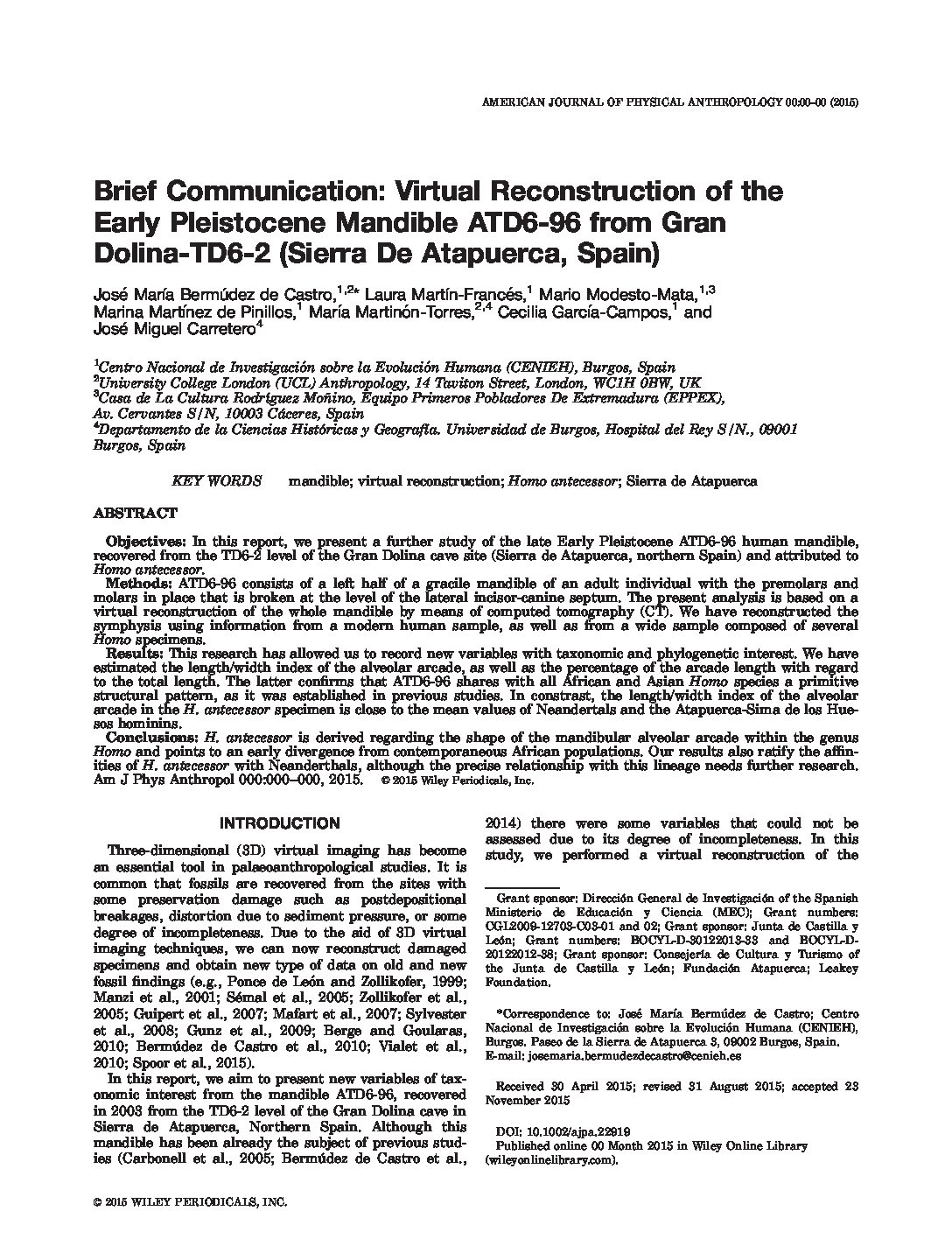First systematic assessment of dental growth and development in an archaic hominin (genus, Homo) from East Asia
Several human dental traits typical of modern humans appear to be associated with the prolonged period of development that is a key human attribute. Understanding when, and in which early hominins, these dental traits first appeared is thus of strong interest. Using x-ray multiresolution synchrotron phase-contrast microtomography, we quantify dental growth and development in an archaic Homo juvenile from the Xujiayao site in northern China dating to 161,000–224,000 years or 104,000–125,000 years before present. Despite the archaic morphology of Xujiayao hominins, most aspects of dental development of this juvenile fall within modern human ranges (e.g., prolonged crown formation time and delayed first molar eruption). For its estimated age-at-death (6.5 years), its state of dental development is comparable to that of equivalently aged modern children. These findings suggest that several facets of modern human dental growth and development evolved in East Asia before the appearance of fully modern human morphology. An archaic Homo juvenile from the East Asian Middle-Late Pleistocene transition has surprisingly modern dental development. An archaic Homo juvenile from the East Asian Middle-Late Pleistocene transition has surprisingly modern dental development.








